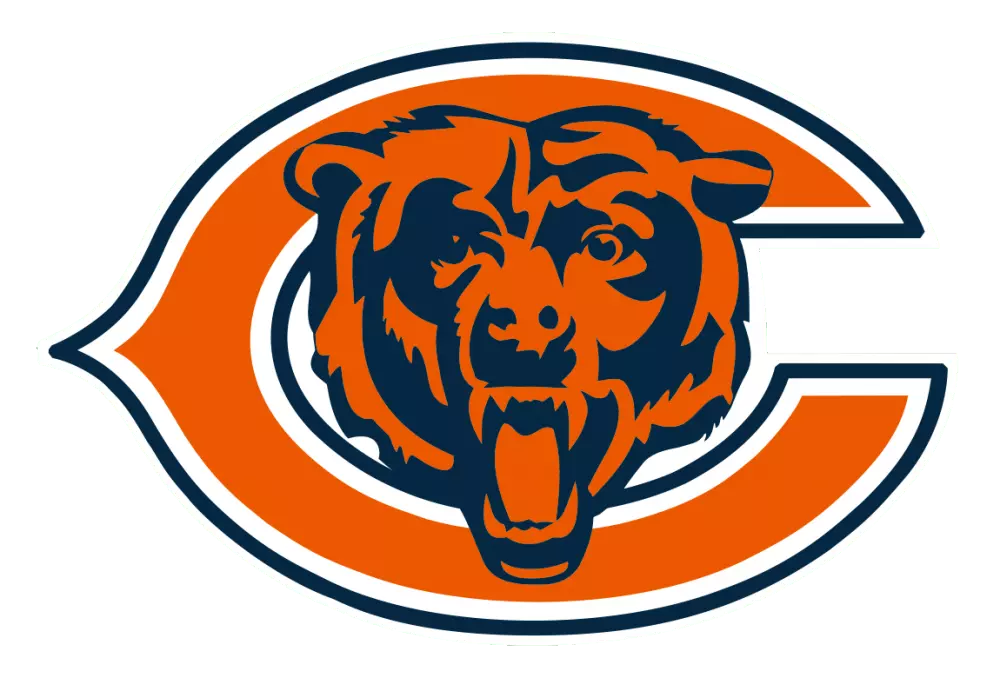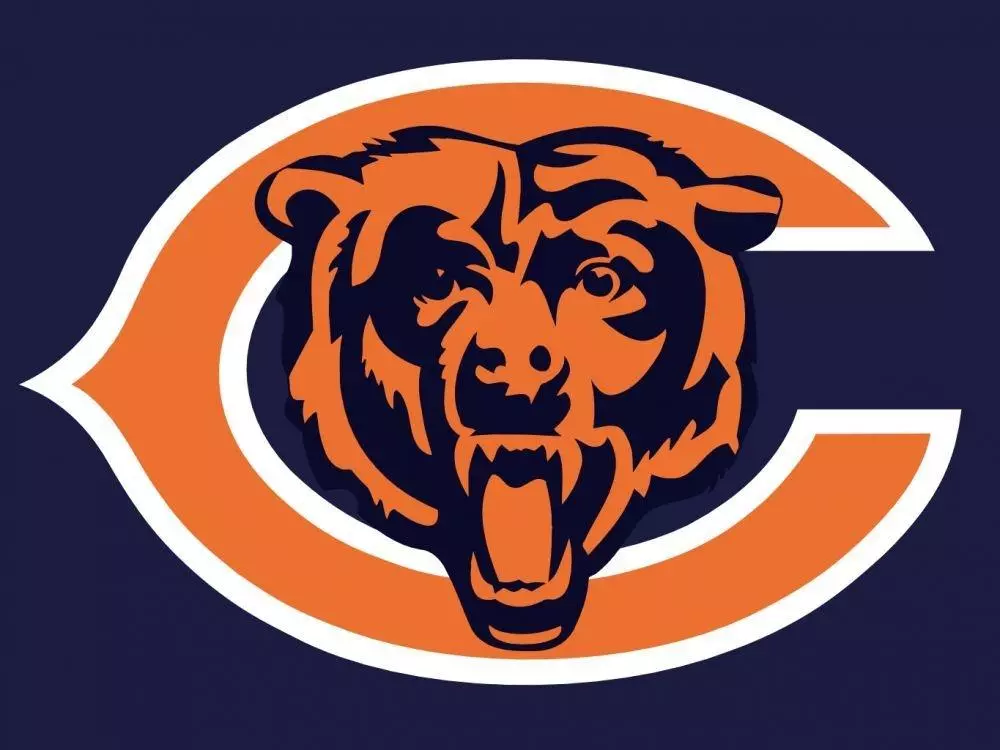Comments (1)
Mike N.
Hey John,
Good stuff, but I think you got the timeline somewhat wrong. Their first GM hire post-1999, that I think they had to use a search firm for, was Jerry Angelo. Emery didn't come along until.....2011?? Thanks!

For over 40 years, my father was a Chicago Bears season ticket holder. He was in the stands at Wrigley Field when the Bears beat the New York Giants to win the 1963 championship. He saw Gale Sayers race up and down a muddy field, scoring six touchdowns in a single game against the San Francisco 49ers. He watched Dick Butkus, the greatest middle linebacker in NFL history, brutalize opposing offenses. And, of course, he watched Walter Payton, aka ‘Sweetness’, break rushing records.

Check out the YouTube highlights of these players. They’re unbelievable.
Of course, my dad was in the stands for the 1985 playoff games when the Bears shutout both the New York Giants and Los Angeles Rams on their way to win the 1985 Super Bowl.
I watched my father allow his emotions to be tethered to the fortunes of the Bears. Growing up, I promised I would not allow myself to succumb to similar torture. Unfortunately, whether it’s nurture or nature, the only thing that brings me happiness (not my family, my faith, my life’s work) is the Chicago Bears.
And I’ve been hurt.
As I lamented how this poorly-run organization has disappointed me year after year —always finding new inventive ways to lose — I realized that maybe there was a silver lining: by virtue of their own failures, the Chicago Bears could help other organizations avoid business mistakes that have plagued this once proud franchise.
Here are two lessons that all companies can learn from the Bear’s failures.
Lesson number one: Do you have the right organizational structure?
An organizational structure defines how business activities are allocated, coordinated and supervised in a hierarchical system to achieve corporate objectives.
In case of the Chicago Bears, structural misalignment in the relationship of authority and accountability occurred in 1999 after matriarch Virginia McCaskey, the 90 year-old daughter of George Halas, fired her son Michael McCaskey from the football operations side of the business. Petulant young McCaskey had been reviled by Chicago fans for firing beloved coach Mike Ditka, vindictively trading the team’s only ever Pro Bowl quarterback Jim McMahon (following the punky QB’s unflattering depiction of the bumbling executive) and holding a press conference to announce the hiring of a coach who never agreed to the position.
After his mommy stripped the narcissistic young McCaskey of his duties, team accountant Ted Philips became the executive face of the organization. One of his first responsibilities was hiring a general manager. Without the requisite football knowledge, Philips made the grave mistake of hiring a football strength coach Phil Emery to become general manager.
A recent survey by Robert Half showed that one-third (36%) of 1,400 executives surveyed felt the top factor leading to a failed hire, aside from performance issues, is a poor skills match. In the case of the Bears, Philips did not have the skill set necessary to accurately determine that Emery did not have the skill set needed to succeed in the job.
Why do companies allow organizational misalignment to continue for years?
The most common reason for misalignment in any business – whether it’s a football team or a medical device product company — is simply inertia. The Chicago Bears got stuck in an archaic way of doing things and were afraid to break free of the past. Perhaps it’s repeating the same old mistakes ad nauseam before things finally change.
How did it get this way? It’s possible that Philips was a good accountant and loyal to the organization. Perhaps mother McCaskey expanded the scope of his responsibilities instead of hiring someone qualified to perform those tasks.
Lesson number two: “A’s hire A’s, B’s hire C’s”.
Donald Rumsfeld may be a polarizing figure but he perfectly articulated this universal truth that “A people hire A people. B people hire C people…and even D people.”
It’s understood that great employees are not easily threatened and thrive on professional competition and the camaraderie of others; in fact, smart leaders actually attempt to actively hire people smarter than themselves.
Mediocre employees are haunted by the deep-seated insecurity that they are far from the best. That fear drives them to make cowardly choices. Rumsfeld points out that less talented “B’s,” will not hire candidates that “outshine” or threaten them; thus, they hire C’s and sometimes D’s with even less competence under the guise of continuing to keep their mediocrity hidden
I also love this quote by French philosopher Arsène Houssaye, "Tell me who you love and I will tell you who you are." Combining this beautiful poetic phrase with Rumsfeld’s philosophy and you have my business axiom, “Show me who you hire and I’ll tell you about your company.”
In the case of the Chicago Bears, Philips (a “B”) hired new general manager Emery (a “C”) to interview a new head coach. The Bears were blessed to have interest from reigning coach of the year Bruce Arians. You would think the hire would be a slam dunk, correct? But no. Threatened by Arians success, Emery was determined to show the world how smart he was by hiring Marc Trestman (a “C”), a failed NFL assistant coach who long since retreated to the mediocrity of the Canadian football league. Arians went on to win coach of the year again with the Arizona Cardinals while Emery and Trestman were fired after eeking out two miserable years together in Chicago.
“Companies can’t afford executive hiring mistakes, which are costly and can erode staff morale,” said Max Messmer, chairman and CEO of Robert Half International and author of the “Human Resources Kit For Dummies.” “Finding the right match requires time and attention, and it’s something even busy managers need to make time for.”
I work for a product lifecycle management (PLM) solutions provider. But it dawned upon me that companies — even when they purchase the best product design and supply chain solutions — will be unable to achieve success if the organization is dysfunctional.
I know now there are many people like me who have had their heart broken by sports teams that tease and play with their emotions, promising success. These teams never succeed; they flounder year after year because of poor business decisions ineffective systems, or inferior leadership that have compromised their ability to deliver a good product on the field. For these brave fans who have suffered, I am writing a book titled, “People Who Love Sports Teams That Aren’t Good for Them.” It promises to be validating and somewhat consoling.
Hey John,
Good stuff, but I think you got the timeline somewhat wrong. Their first GM hire post-1999, that I think they had to use a search firm for, was Jerry Angelo. Emery didn't come along until.....2011?? Thanks!
John is a Senior Content Marketing Manager at Omnicell. He is a results-driven consultant who has worked with some of the biggest names in technology, including Oracle, Cisco, Hewlett Packard, and IBM, to improve their marketing and lead generation strategies. John holds a Bachelor of Science in Engineering and Journalism from the University of Wisconsin-Madison.
Leave your comments
Post comment as a guest